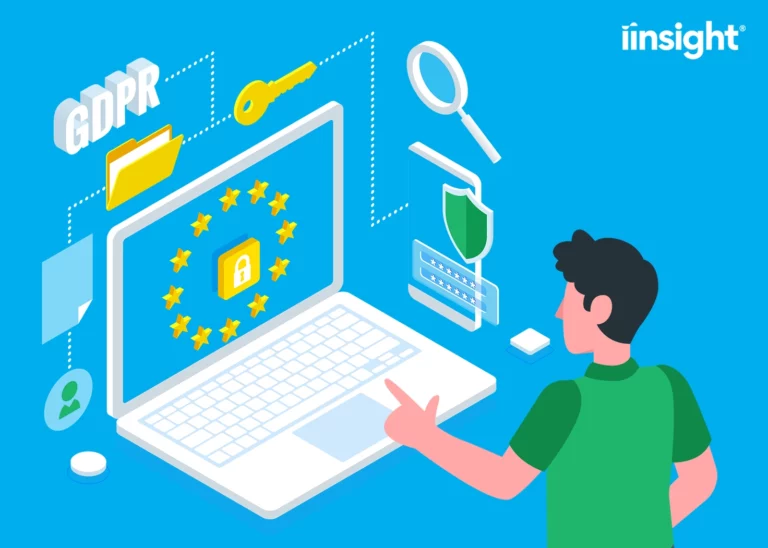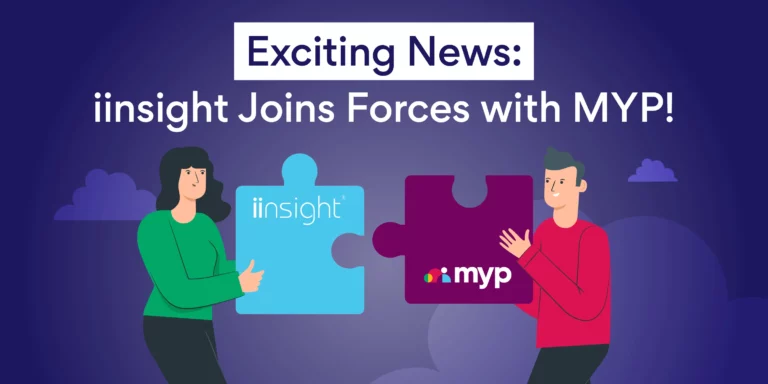As a health clinic, your main priority must be providing high-quality care for your patients. Dealing with administrative and clerical tasks should not be taking up most of your time. However, this can be challenging since efficient case management takes effort and concentration.
Fortunately, there are occupational health and safety software programs that are perfect for managing your OHS system. It’s time to adapt. But how can you upgrade to a reliable OHS software? Below are a few tips:
Consider the features
A trustworthy occupational health and safety software must have most, if not all, of the following features:
- Simplified data entry – A drag-and-drop feature might not seem like a massive breakthrough for OHS software; however, you’ll be surprised at how it can make your case management task much simpler. With the right add-ons, you can even drag-and-drop e-mails and attachments from popular e-mail clients. A good OHS program decreases the time it takes for you to enter data through scanning and uploading.
- Organised folders – Health clinics deal with numerous patients daily. Certainly, you have a difficult time keeping track of each client’s records and other documents. With dependable OHS software, you can keep things organised and group documents with labels.
- Integrations – It would be great to find an OHS program that links seamlessly with health insurance platforms. You can speed up the billing and claims process at the click of a button.
Search for the right provider
Occupational health and safety software programs are offered by providers left and right. However, you need to ensure that you are getting the best program in the market. Search for a software provider that guarantees security, efficiency, and credibility. Make sure to find software that has gained positive feedback from current users.











